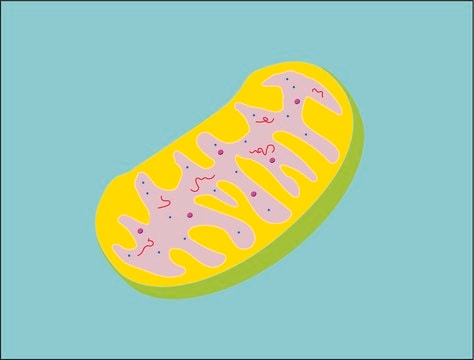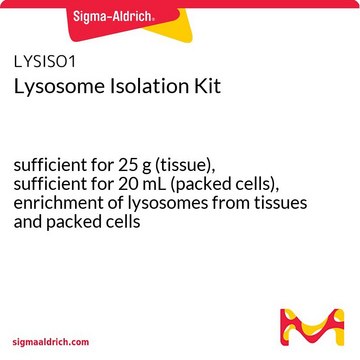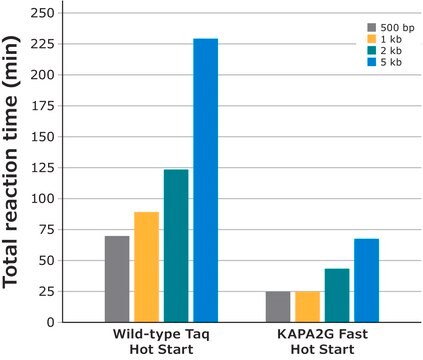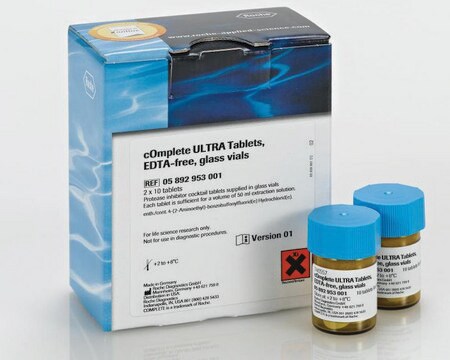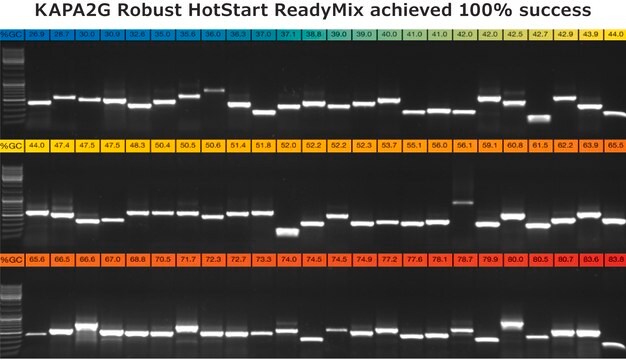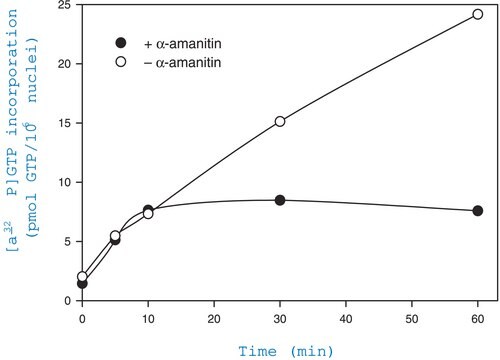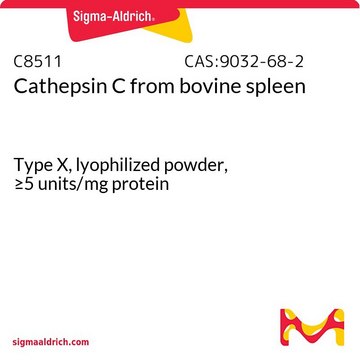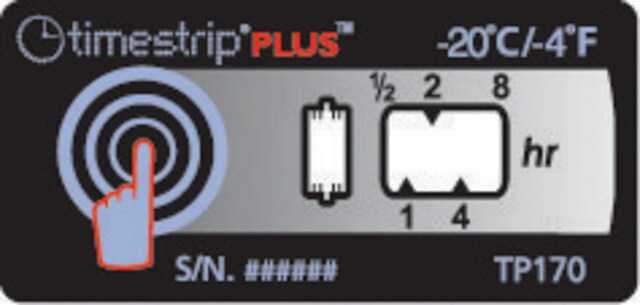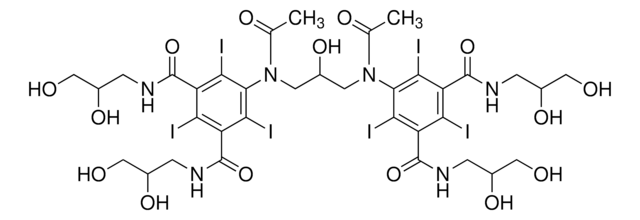GL0010
Golgi Isolation Kit
sufficient for 50 g (tissue)
Synonym(s):
Golgi Kit, Isolation Kit for Golgi
About This Item
Recommended Products
usage
sufficient for 50 g (tissue)
Quality Level
technique(s)
fractionation: suitable
shipped in
wet ice
storage temp.
2-8°C
General description
Application
Analysis Note
Kit Components Also Available Separately
- P8340Protease Inhibitor Cocktail, for use with mammalian cell and tissue extracts, DMSO solution 5 mLSDS
Storage Class Code
10 - Combustible liquids
WGK
WGK 3
Choose from one of the most recent versions:
Already Own This Product?
Find documentation for the products that you have recently purchased in the Document Library.
Customers Also Viewed
Articles
The isolation of subcellular fractions by centrifugation is a commonly used technique and is widely applicable across multiple cell and tissue types. Because organelles differ in their size, shape, and density, centrifugation can be easily employed to separate and purify organelle fractions from gently homogenized samples.
Our team of scientists has experience in all areas of research including Life Science, Material Science, Chemical Synthesis, Chromatography, Analytical and many others.
Contact Technical Service